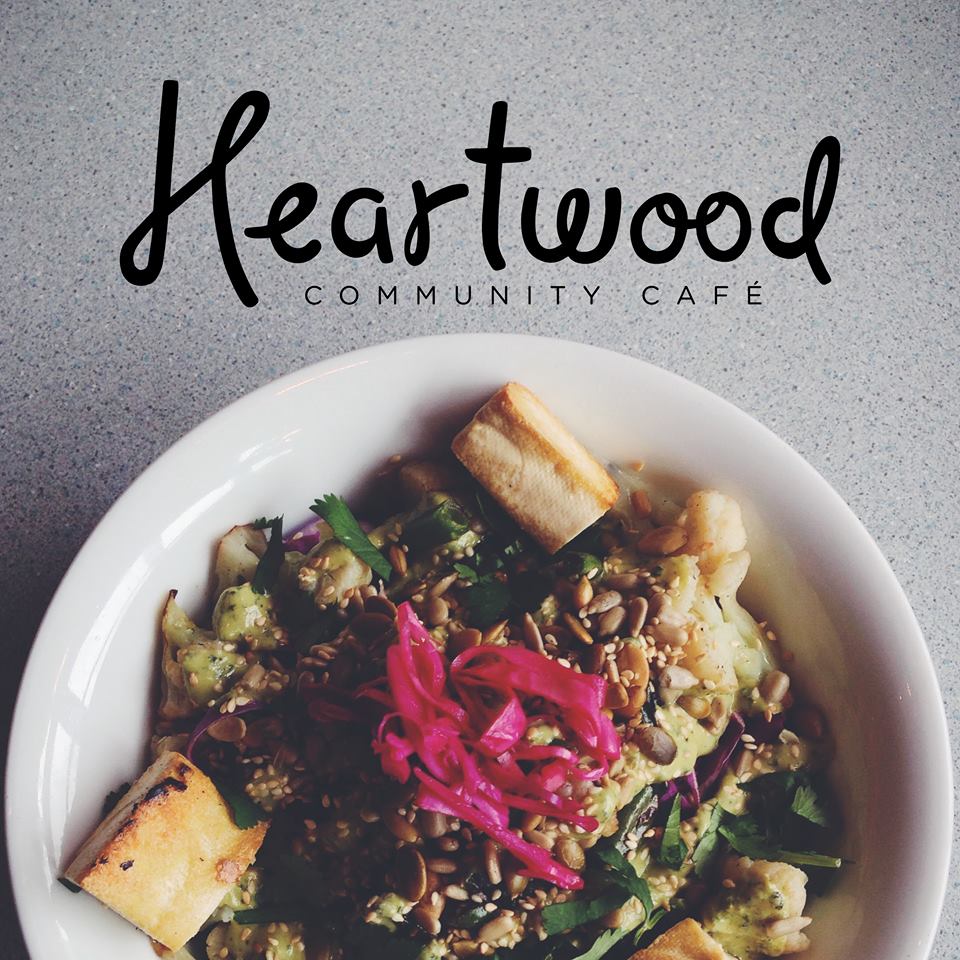Radical social change initiatives can form just about anywhere, inspired by a complex set of interlocking barriers and systems, designed to keep us apart. But these initiatives grow in more depth and with so much more light, when they have elements of community gathering to replenish and refill our human need for care.
Enter: social spaces, such as Heartwood Community Café in Vancouver, that act as a satellite for social movements and all forms of organizing to bloom.
Heartwood Community Café, which formed soon after Rhizome Café closed its doors in 2013 and took over the space, maintains a commitment to providing room for social justice organizing — especially for marginalized voices.
Taken on by the United Church — specifically Trinity United Church, a congregation with strong roots in the LGBTQ community — a bridge between progressive spiritual communities and non-spiritual alike, was strengthened by the creation of this café.
Member of the Café Council, Mia Stark, mentioned the direct correlation between the United Church’s rich history of involvement in social justice causes and the addition of Heartwood. This space acts as an example of their principles in action.
These principles of accessibility, where all our welcome, are at the forefront of Heartwood’s mission. The model of Heartwood is beholden to the community around it; it acts not as a conductor for community-minded energy, but as a hub in which this energy can take form and be channeled.
“It’s about consensual allyship,” explains Community Development Manager, Melanie Matining. The space invites community members to bring with them what they want to see, and what ways they want to organize.
Heartwood’s mission is exemplified in its “Soup for the People” menu idea. Through it, folks are able to pay however much or little they can. This sustains a community model, wherein everyone is cared for. It’s not a charitable act but one of community solidarity and food accessibility.
“Soup for the People” can be seen as a “collective dinner table … a way communities can provide for one another,” says Matining, “where people can break bread together and eat together.”
This model goes beyond soup itself. It symbolizes the community need for collaboration — something sacred in a state of increased gentrification and corporate development. These community ties can be seen to reverberate across the city, as other community spaces come and go but maintain not competition, but mutual support in the process.
According to both Matining and Stark, a hope for Heartwood is that it not only acts as a community network in and of itself, but it also fosters an environment where the spirit of communities and their initiatives can be maintained, regardless of physical space.
Highlighting this, Heartwood recently launched its #ourheartwood campaign, with a digital storytelling series featuring different community members and groups involved with the space. The campaign strives to let people know how much the space relies on support to keep it going, and encourage involvement and support in myriad ways.
As its tagline implies, “Heartwood’s story continues with you,” and its shape and form depend on the folks who are involved. From hosting an event or planning an organizing meeting, to just grabbing a bite to eat, each act of involvement brings unique contributions to the community.
So bring your friends and your grandma and everybody in between, and see where it takes you!
Tania Ehret is rabble’s arts and culture contributing editor.
Photo: Heartwood Community Cafe facebook



